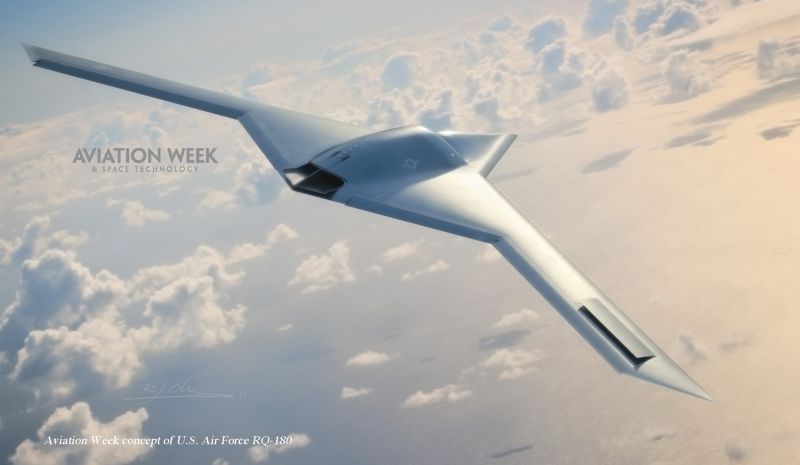Deep in the Nevada desert is a top secret, little-known US military facility known as Area 6, rumored to be the Pentagon’s test ground for cutting-edge unmanned aerial vehicles. “I had not heard about it,” claimed John Pike, director of a Virginia-based defense news site, according to the Las Vegas Review.
Pike was referring to Area 6, a top secret military base in Yucca Flat. Located roughly a dozen miles southwest of the infamous Area 51, the site was once a testing ground for the US nuclear weapons program. While the base is operated by the National Nuclear Security Administration (NNSA), it is used jointly by both the US Defense Department and Homeland Security.
“They come here to test their own sensors,” NNSA spokesman Darwin Morgan told the Las Vegas Review.
“We have controlled airspace and that gives them opportunities to test various types of platforms,” he added. “We do a wide variety of work for others…supporting people with sensor development activities. It evolved from the nuclear testing program. We had to have very good sensors to collect data in a split second before they were obliterated.”
Little is known about secretive location. Satellite imagery from Google Earth shows three separate hangars, as well as four small buildings. Stretching 5,000 feet into the desert is a runway.
“The purpose of this facility is to construct, operate, and test a variety of unmanned aerial vehicles. Tests include, but are not limited to, airframe modifications, sensor operation, and onboard computer development,” reads a license application for Area 6 from 2008, one of the few publicly available records of the installation’s existence.
Defense industry experts estimate that the primary purpose of Area 6 is to test Predator and Reaper drones, as well as UAVs currently in development. Imagery analyst Tim Brown with GlobalSecurity.org tells the Las Vegas Review that the site’s largest hangar could house roughly 15 MQ-9 Reapers.
Area 6 could also be a test site for smaller versions of the RQ-170 Sentinel, a jet-powered UAV, though the runway is too short for manned aircraft.
The site’s mountainous location suggests that the Pentagon uses Area 6 to calibrate its reconnaissance technology for use in the Middle East.
“There is a well-founded fear that evildoers are stalking around there – ISIS and al-Qaeda,” Pike said, referring to Libya. “You have to imagine that trying to develop targeting signatures in this type of mountainous desert terrain. That’s got to be a really high priority…not constrained by funding.
“I can’t think of a better place to do it where you wouldn’t have civilians stumbling on what you’re doing.”
Given that it’s impossible to track down Area 6’s operating budget, Pike appears to be correct. While documents show that multinational military contractor Bechtel was paid $9.6 million to build the runway, additional financial details are unknown.










